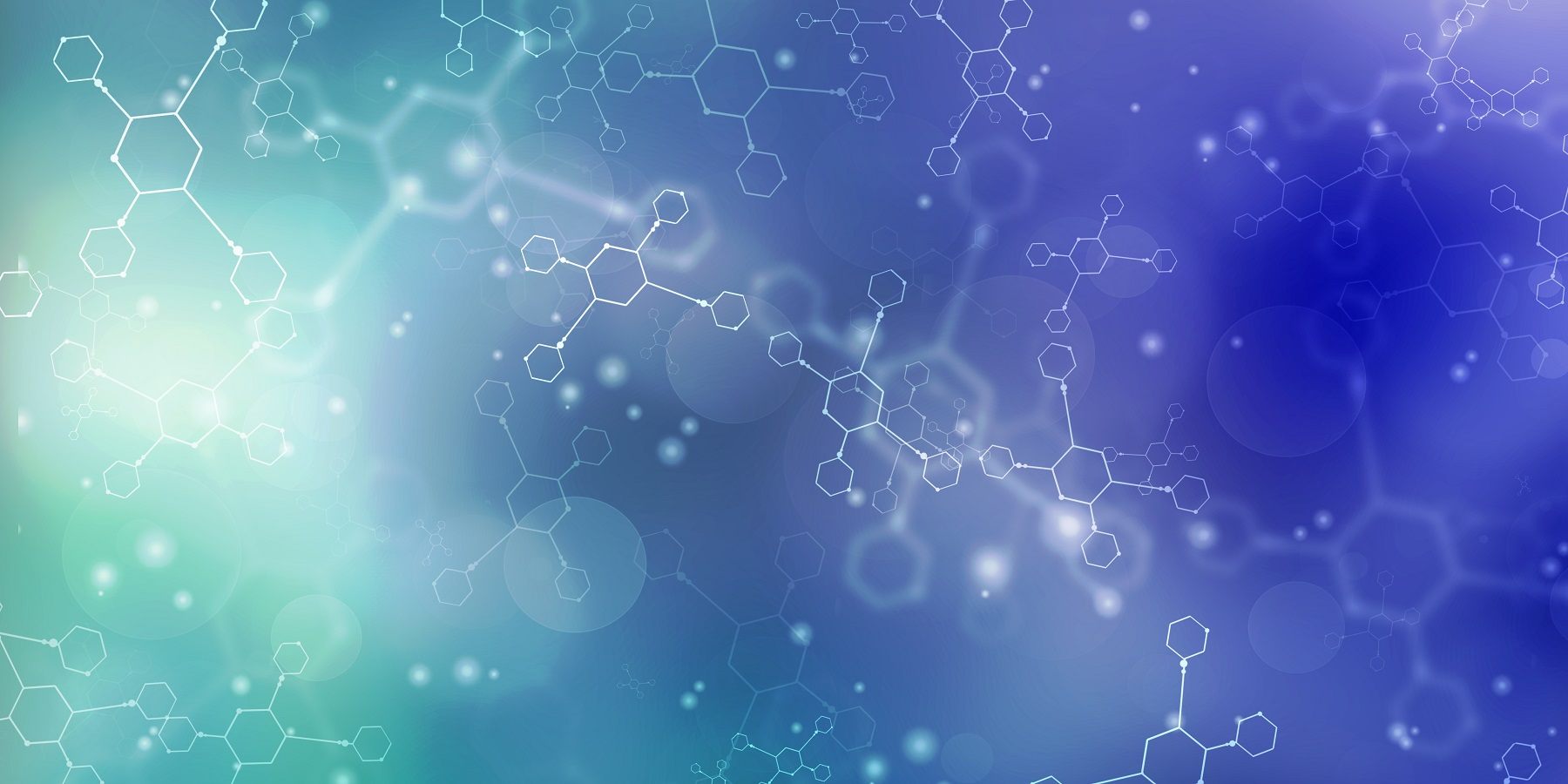Indications
Loratadine is a second-generation antihistamine, commonly prescribed for managing symptoms associated with various allergic conditions. These include allergic rhinitis, urticaria, wheal formation, and other dermatologic manifestations of allergies. Its efficacy in these areas is well-documented, providing relief from characteristic allergic responses.
Pharmacodynamics
As a selective blocker of peripheral H1 receptors, loratadine distinguishes itself from other antihistamines by its minimal impact on the central nervous system. This selectivity means that loratadine effectively mitigates allergic symptoms without causing the central nervous system depressant effects such as drowsiness or sedation, which are commonly associated with first-generation antihistamines.
Absorption
Loratadine is known for its rapid absorption profile. Following oral administration, loratadine achieves peak plasma concentration between 1 to 2 hours. Its primary active metabolite reaches peak concentration within 3 to 4 hours. The pharmacokinetics differ slightly between its formulations. In the rapid dissolve form, loratadine attains a Cmax of 2.56 ng/ml and a Tmax of 1.14 hours, whereas the conventional formulation features a Cmax of 2.11 ng/ml and a Tmax of 1.00 hour. The primary metabolite in these formulations shows similar absorption characteristics with notable AUC values.
Metabolism
Loratadine undergoes extensive hepatic metabolism primarily facilitated by cytochrome P450 isoenzymes, including CYP3A4 and CYP2D6, with lesser contributions from CYP1A1, CYP2C19, among others. These enzymes convert loratadine into its principal active metabolite, descarboethoxyloratadine, which is significantly more active pharmacologically. Furthermore, this metabolite is metabolized through glucuronidation via UGT2B10 and subsequent hydroxylation by CYP2C8, forming 3-hydroxydesloratadine, which is eventually excreted after further processing.
Mechanism of Action
Loratadine effectively addresses allergic rhinitis and urticaria by targeting H1 histamine receptors, which play a crucial role in the release of histamine. These receptors are present on various cell types, including epithelial, endothelial, eosinophils, neutrophils, airway, and vascular smooth muscle cells. As members of the G-protein coupled receptor family, H1 receptors can toggle between active and inactive states. Histamine binding induces the stabilization of the receptor's active form by facilitating the interaction between transmembrane domains III and V. In contrast, antihistamines like loratadine attach to an alternate site on the H1 receptor, promoting its inactive form. Therefore, loratadine functions as an "inverse agonist" rather than merely a "histamine antagonist," effectively mitigating the symptoms associated with histamine activity.

